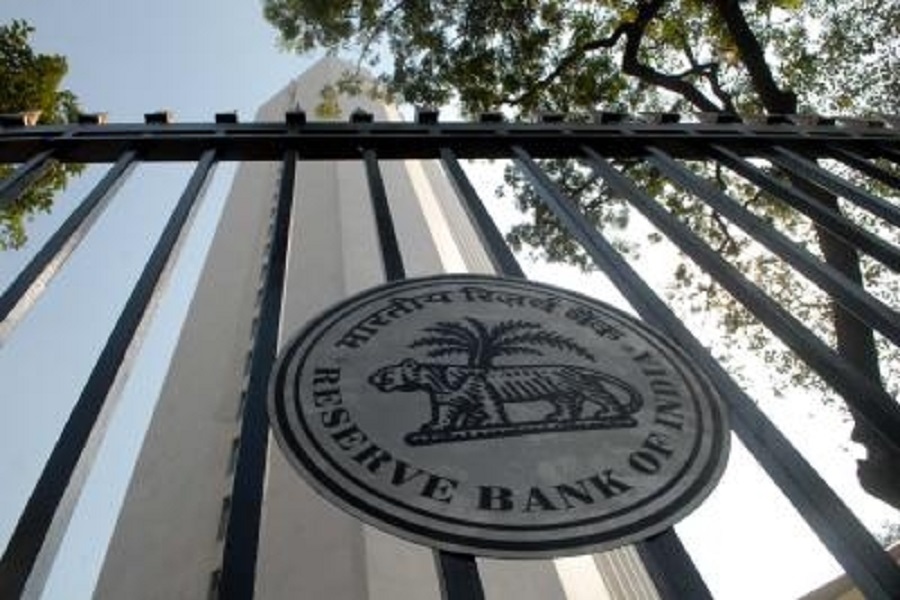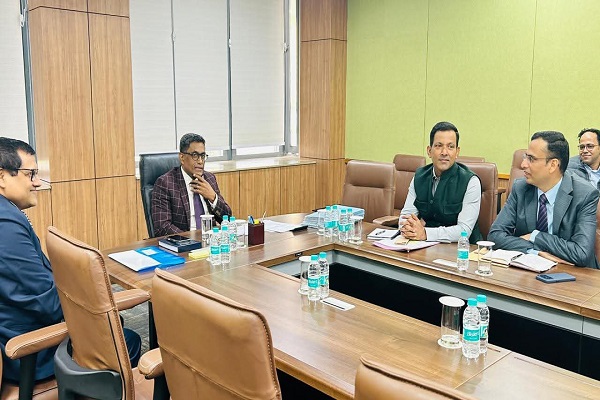India Needs INR 65-70 Trillion Investment to Power 4 Trillion-Unit Electricity Demand by 2035: OmniScience Capital

According to Omniscience Capital’s Power Capex report, India is to potentially add 850-900 GW of new Power capacity by 2035 reaching 1,300-1,400 GW in total. This energy transition is likely to demand Rs 65–70 trillion investment, with Rs 15 trillion wired into transmission grids and smart meters.
India’s power capacity mix for FY2035: Renewables vs Non-Renewables
India’s power sector is poised for a major green transition. Renewable energy is expected to grow from 220 GW in FY2025 (46% of total capacity) to 971 GW by FY2035, forming 71% of the installed energy mix.
In contrast, non-renewable capacity is likely to reduce from 255 GW (54%) to 393 GW (29%), even as total installed capacity rises to 1,364 GW.

INR 54 Tn Power Push for Capacity: Solar and Wind Lead India’s Energy Investment Race

India’s energy transition from FY25 to FY35 is set to be backed by a massive Rs 54 trillion in capital expenditure, with solar power commanding the lion’s share. At Rs 23 trillion, solar accounts for over 42% of the total investment, driven by its expansive 458 GW capacity addition at a relatively low Rs 5,000 crore per GW.
Wind follows with Rs 11.5 trillion, reinforcing the dominance of renewables in the investment landscape.
Coal will see an additional capacity expansion of 108 GW, demanding Rs 9.2 trillion- highlighting its continued role in base-load generation.
Nuclear energy, though contributing just 30 GW, requires Rs 5.3 trillion due to its high Rs 18,000 crore per GW cost, making it the most capital-intensive source.
Hydropower is projected to attract an investment of Rs 4.3 trillion between FY25 and FY35, facilitating a capacity addition of 51 GW. This will expand the total large-hydro capacity from 48 GW in FY25 to 99 GW by FY35. The enhanced capacity is expected to contribute approximately 340–350 billion units annually, accounting for nearly 8% of the projected total electricity demand of 4 trillion units.
Ashwini Shami, President and Chief Portfolio Manager at OmniScience Capital, said “India's Energy Transition to a 4-Trillion-units consumer by 2035 with a rapid transition towards renewables presents a massive INR 65 trillion investment opportunity in the infrastructure space. Our curated power-sector stocks universe of 200+ listed companies gives us ample flexibility to select growth opportunities at attractive valuations from a wide arena of companies that include renewables, transmission, EV, Battery storage and other ancillaries.”
Solar and Wind likely to capture ~40% and ~20% of the Total Grid
The report highlights that according to the NEP, solar is expected to contribute 40% of India’s installed capacity by 2032—a figure OmniScience Capital project to slightly increase to 41% by 2035, reflecting continued momentum in solar deployment. Coal’s share, which NEP estimates at 29% by 2032, is projected to decline further to 24% by 2035 basis OmniScience Capital’s analysis, consistent with India’s decarbonization goals and the growing dominance of renewables.
Wind energy, which NEP places at 13%, is expected to rise significantly to 21% by 2035, capturing a portion of coal’s declining share and contributing to grid diversification. Other sources such as hydro, nuclear, and biomass remain relatively stable in both projections, supporting baseload and regional reliability. This alignment with NEP validates OmniScience Capital’s methodology and also highlights the strategic direction India is taking toward a cleaner, more balanced energy future.
Exhibit: All India Installed generating Capacity likely by 2031-32 according to CEA’s Draft NEP

Exhibit: Projected Power Capacity-Mix in FY2035 as compared to current FY2025 mix, Omniscience Research

India’s Transmission will likely demand Rs 13 Trillion by 2035
India’s ambitious power expansion plan hinges not only on generation capacity but also on a robust transmission backbone. According to the Ministry of Power, the country aims to invest Rs 9.2 trillion in transmission infrastructure by 2032, expanding the network from 4.85 lakh circuit kilometres (cKm) in 2024 to 6.48 lakh cKm. This 1.63 lakh cKm addition is aligned with a doubling of generation capacity, ensuring that power reaches every corner of the country efficiently. However, as per OmniScience Capital’s analysis, with the projected capacity growth reaching 2.9x the current level by 2035, the transmission requirement scales up to 2.3 lakh cKm- demanding a total capex of Rs 13 trillion.
India Energy Stack: Digital Backbone for India's Power Sector
The recent development of the launch of a task force to set up India Energy Stack (IES) as Digital Public Infrastructure (DPI) on the lines of Aadhaar and UPI is a strong positive for the Power sector. IES aims to overcome fragmented systems and shall be the backbone for India's Power Sector to manage and innovate across the electricity value chain and shall help in accelerating investments in renewables and grid infrastructure to support India’s renewable-heavy energy future. IES will play a pivotal role in integrating solar, wind, and other sources into the national grid, making it the backbone of India’s energy transition.
Above views are of the author and not of the website kindly read disclaimer




.jpg)





Tag News

M&A and Strategic Deals in the BFSI space rise 3x in CY25 YoY: Equirus Capital













